Have you ever had one of these experiences where you know it can't just be a coincidence? In late winter-early Spring of this year, I was lying on a sofa in a holiday rental in the South of France, with flu-like symptoms and fatigue for about 3 days. It had been a busy Autumn for us at ICM, as we had moved our practice back to our original location. Just a few days before landing on the sofa, I had travelled with my family from Basel to Luxembourg to Avignon, partly to support one of our sons in his tennis tournaments and to visit places which we had never visited before. Before leaving for this vacation, I had begun many projects, most especially our Women's Health and Life Phases project. I had planned to do some writing-reading, while on my travels, as the everyday activities like therapeutic work, household chores and family took priority till then. But none of this was to be, as I laid there on the sofa in a state of immobility from fatigue.
What I could do in between my deep rest was listen. I listened to an interview of a Maya Abdominal Therapy practitioner, Hilary Lewin. It was about what can cause prolapse of abdominal organs, whether bladder or uterus or even intestines. She also explained the anatomy and physiology of the uterus, how our choices early in life affect our bodies later in life, how Abdominal Therapy, which includes a therapeutic massage from a practitioner, self-care massage and deep breathing, can help prevent and treat prolapse, among other things. Something just clicked inside me, like finding the right piece for a jigsaw puzzle; I realized I needed to find out more about this form of therapy, even if it wasn't Chinese Medicine. I also realized then that if you set an intention for something, it often times manifests; I had wanted to create awareness about Women's Health for this year and there it was, my body was giving me the chance to become aware of my own female body by providing me with quiet, restful moments to do exactly just that.
I got healthy again after those days of deep rest, deep listening and something within me grew. Self-care was one of the seeds planted in this "incubation" phase; taking time to rest, abdominal self-massage and doing less as often as I can. I also knew I had to expand my knowledge of the abdomen, its organs as well as structures that hold the organs in place, and the Abdominal Therapy. Within weeks of listening to this interview, I had researched and signed-up up for a practitioner course for Abdominal Therapy or Maya Abdominal Massage, as it is sometimes called. I traveled to Ireland for the course as there were none at that point in time closer to me that I could attend. Since this course, I have been on a mission to pass on the Abdominal Therapy to as many of my patients as I can and to promote stronger care of self to everyone I treat. It seems at this current moment, there are only 2 of us who practice this form of therapy and are members of the Abdominal Therapy Collective in Switzerland.
I believe we can all benefit from more connection to our bodies, our bellies, our organs, our selves - physical, emotional, spiritual, and what better way to do this than a massage of our most delicate place in our bodies. We store so much in our bodies, more so our bellies without even realizing; all those moments we held back a laugh because it wasn't the appropriate time to laugh out loud, or the anger that we swallowed down because our views were not allowed to be outwardly expressed in that situation. Where did these emotions, which is also energy, go? Probably down to our bellies, the place where we digest stuff. If we learn to let go of the tension we store there, maybe the organs within can then do a better job of digesting and transforming this stuff into nourishment and expel that which is not needed and do not serve us.
I have observed in recent times that many wellness spas have begun to use the word - "selfness" to market their services. I don't agree with this as it implies to me an egotistical manner of being. As I have mentioned before in another blogpost, words are magical and create our reality. I believe the word "self-care" is more appropriate, which is not selfish. I am often reminded of this when I fly on a plane and as the flight attendant explains the emergency procedures. I hear life's teacher speaking to me: "Please put your own oxygen mask on before you help another passenger put theirs on." How will I be able to help anyone else, if I myself do not get enough care and nourishment for myself. Hence, the more sustainable and logical message is "Take care of yourself first, then you will have enough resources to take care of others."
Image by Petr Ganaj on pexels.com


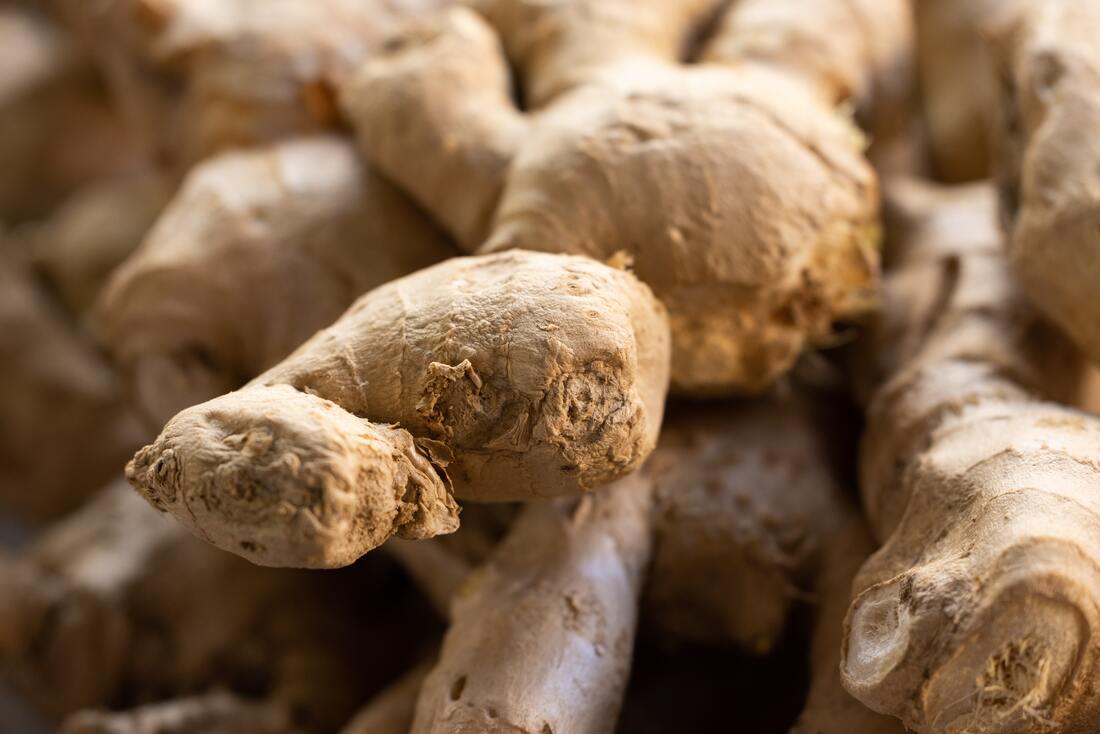
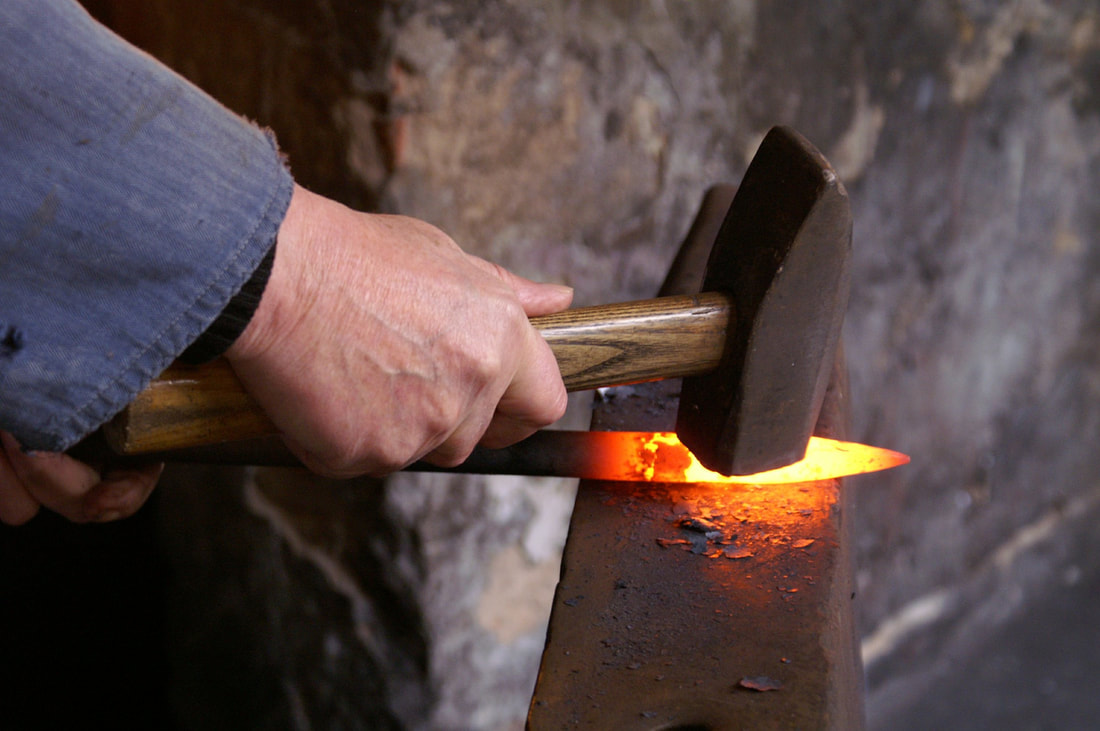
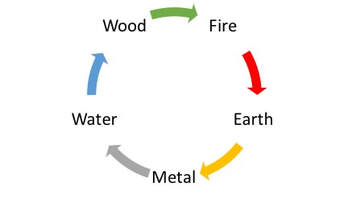
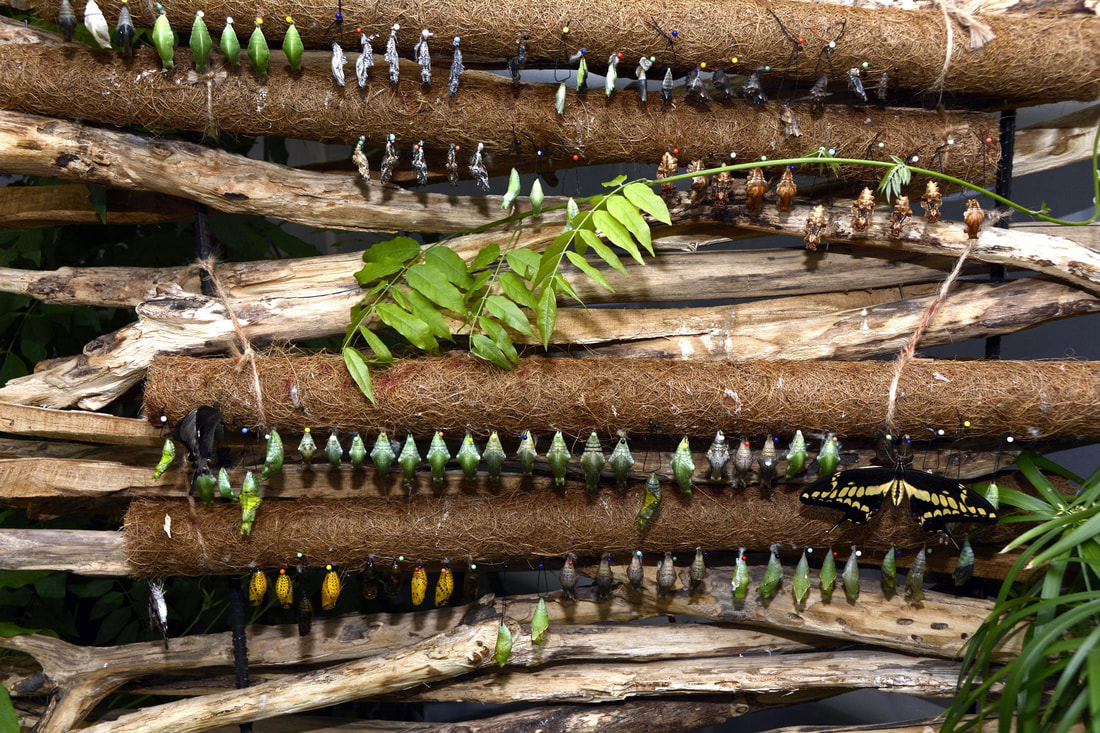
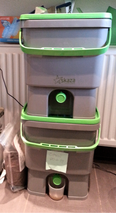
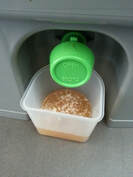
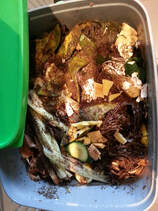
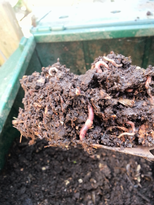
 RSS Feed
RSS Feed